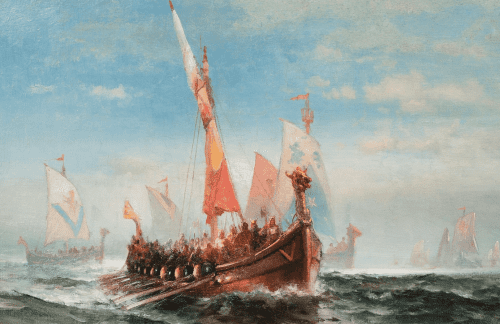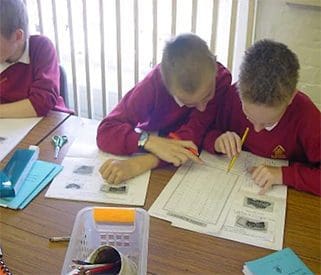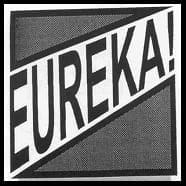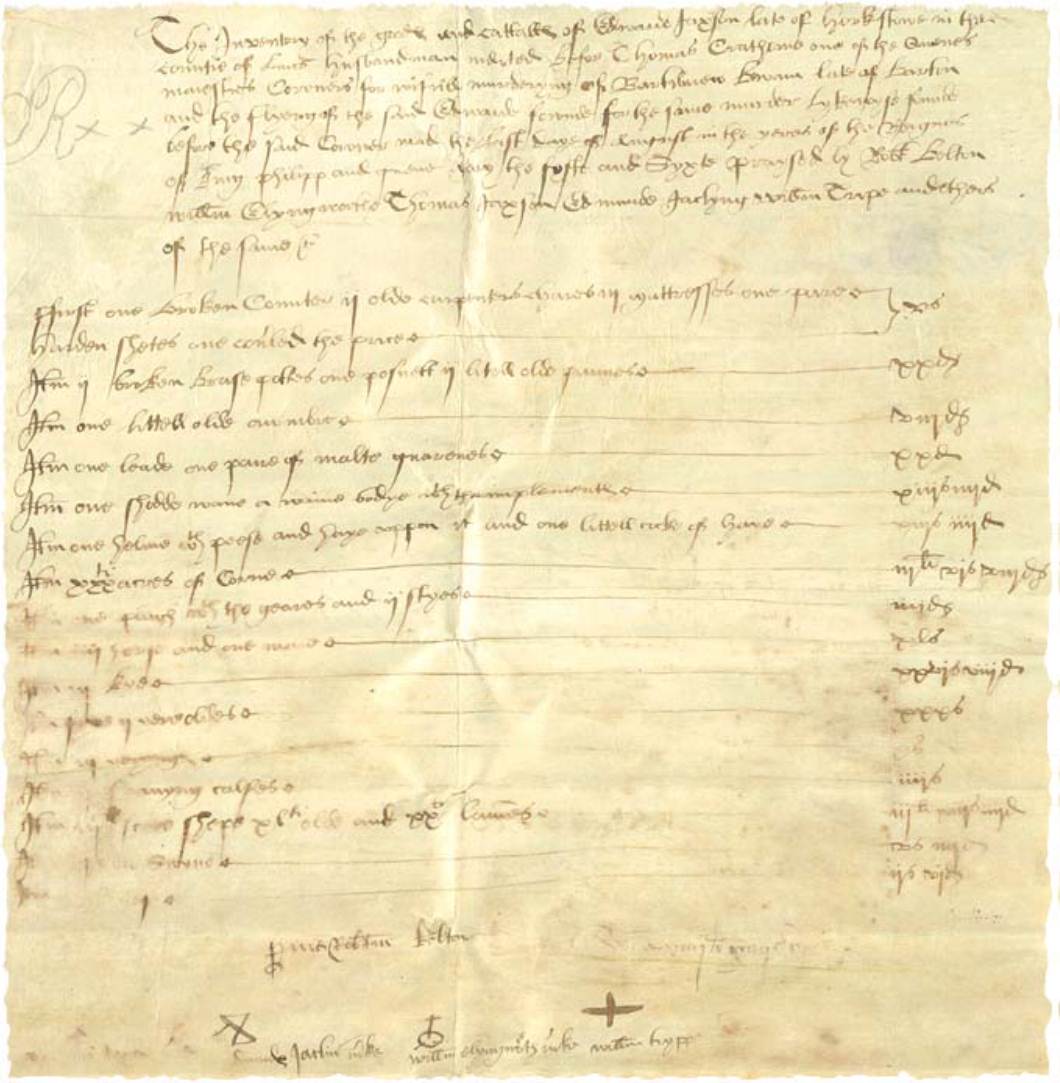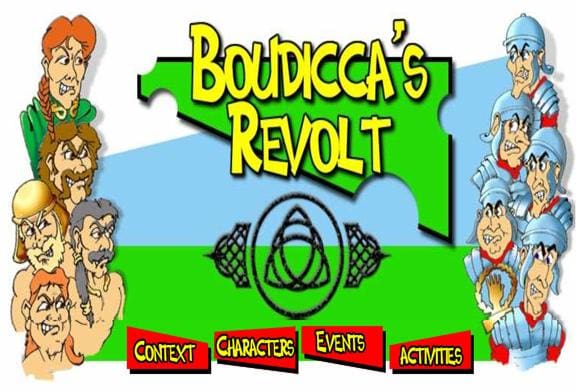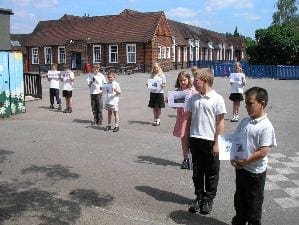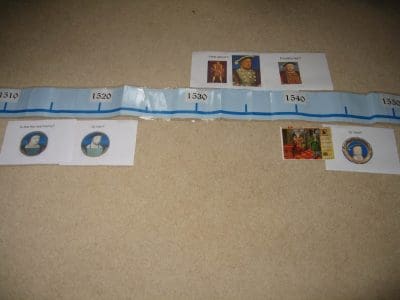
Timelines in school may be individual timelines or made collaboratively with different groups working on separate theme within a study unit. They may be made of single sheet of paper or may be a roll of wallpaper spanning the length of the room, corridor or even hall. Some will be electronic now. They are not necessarily linear: 1 metre of thread with 1cm representing a year, fit well on to a sheet of A4 paper. Always remember thought to reads them left to right oldest to newest.
A timeline can also be a piece of string with pegs on it or marked segments along a table top display. They can display artefacts, drawings, pictures and photos, charting such various topics as children’s own lives and changes over centuries. Scales and units will vary. Don’t try to use a standard scale at KS2 other than to show how many more changes

